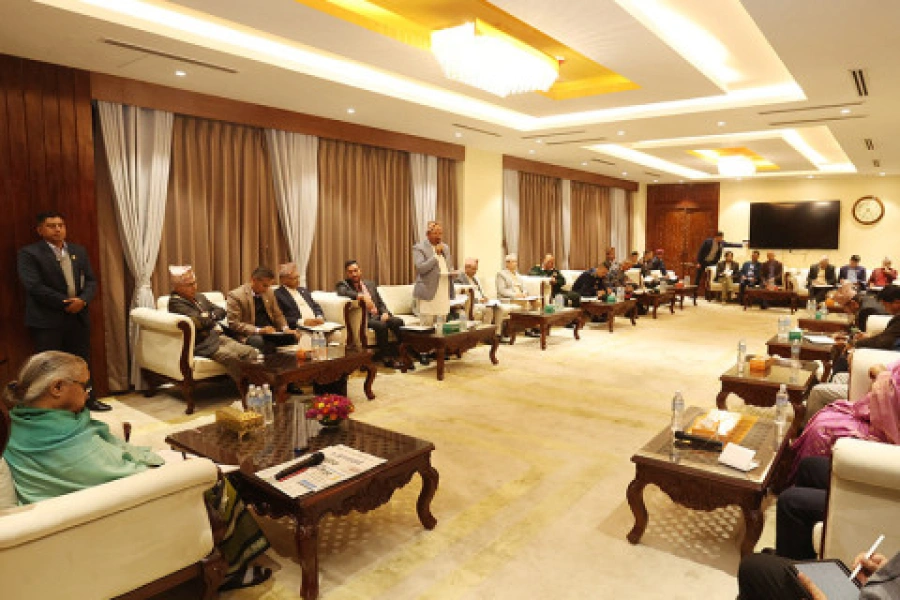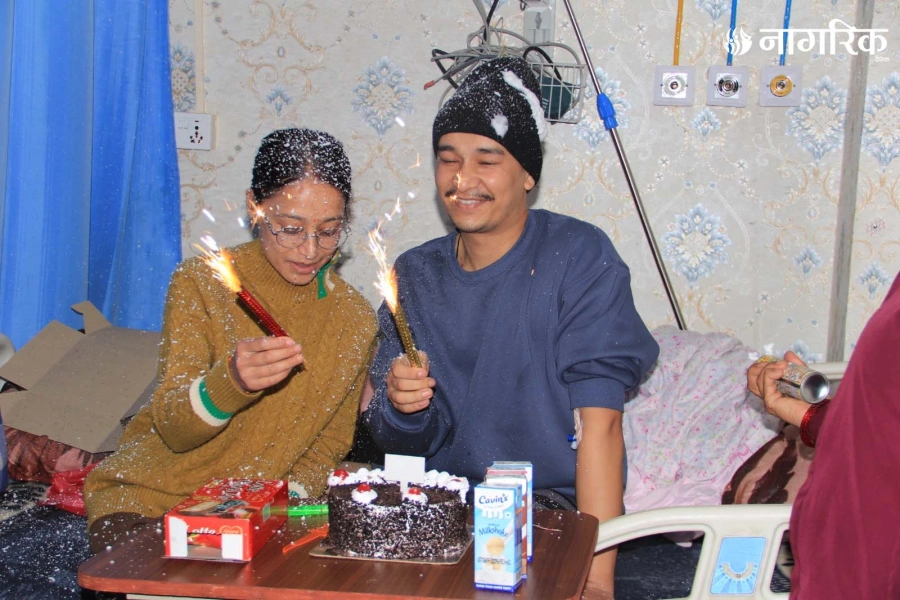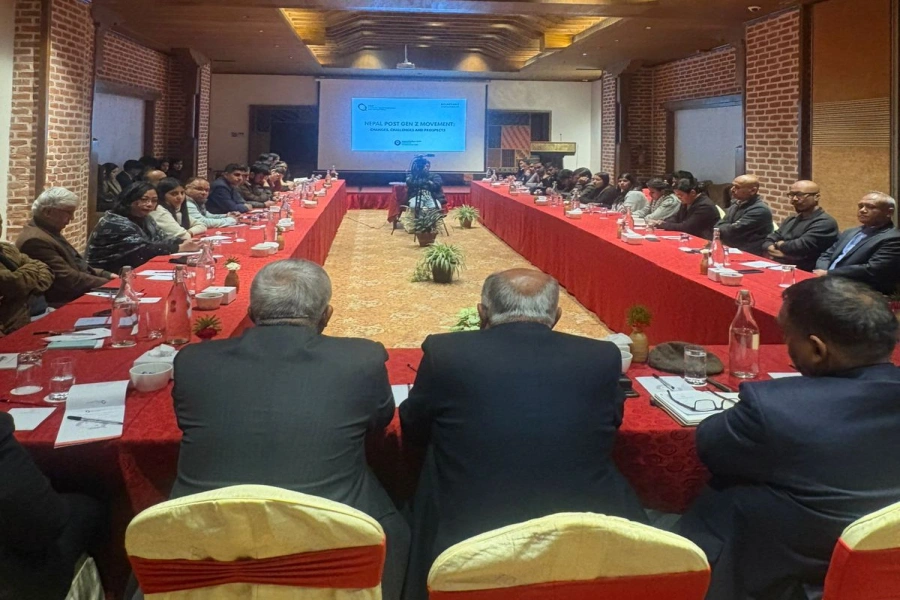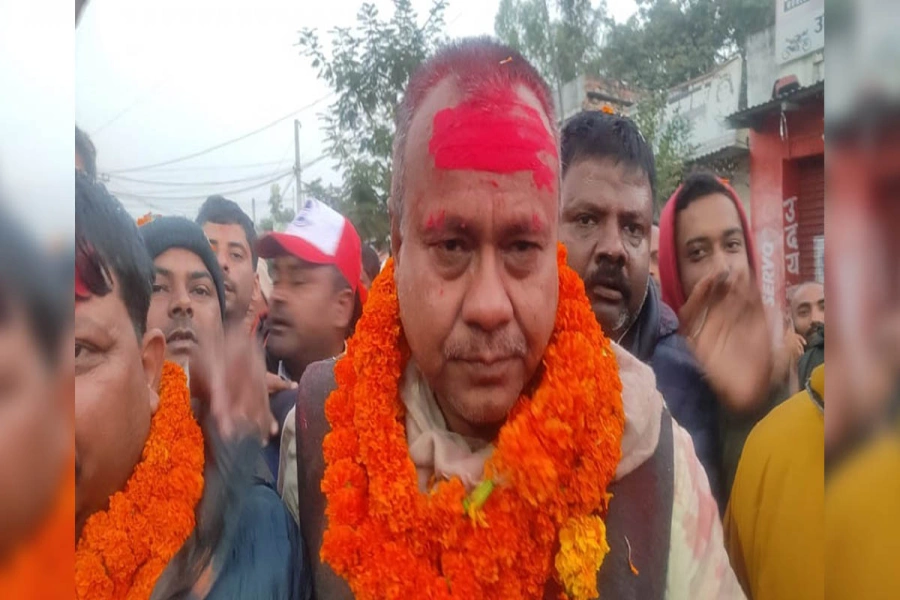KATHMANDU, Nov 8: The committee formed by Nepal Rastra Bank (NRB) to resolve the problems of microfinance institutions has shown that 418,722 borrowers have taken loans from two or more microfinance institutions.
In the meeting of the Board of Directors of the NRB on February 22, 2023, the seven-member study committee formed under the coordination of NRB's Executive Director Prakash Kumar Shrestha has pointed out that 18 percent of the total borrowers take loans from two or more financial institutions.
The committee published its study report on Tuesday and showed that the borrowers who took loans from multiple institutions have consumed Rs 141 billion (37.9 percent of the total loans). "81.8 percent of the total borrowers have taken loans from only one institution and the remaining 18.2 percent (4,18,722 people) have taken loans from two or more microfinance financial institutions," the study report says, " These borrowers have used Rs 141 billion (37.9 percent of total loans) loans.”
According to the report, it is seen that a single borrower has taken loans from a maximum 23 institutions, while it has been pointed out that a maximum loan of Rs 52,17,834 has been transferred to one borrower through 22 loan accounts from 17 microfinance institutions.
Wholesale microfinances given deadline to raise capital

According to the study report, among the total borrowers, 11.7 percent of borrowers take loans from only two institutions, 5.6 percent take loans from three to five institutions, 0.8 percent take loans from 6 to 10 institutions, and 0.1 percent take loans from more than 10 institutions.
The report points out that as the size of the loan increases, so does the number of borrowers' loan accounts. "Based on the size of the debt, it can be observed that 29 borrowers have borrowed loans of less than 50,000, while only 0.2 percent (around 3,852 individuals) have borrowed loans of more than Rs 1.5 million. The number of borrowers who have taken loans ranging from Rs 200,000 to Rs 500,000 is 21.2 percent of the total borrowers, constituting 40.7 percent of the total debt."
The report basically pointed out that there is a high expansion of microfinance financial institutions, centralization of institutions in certain sectors, multi-banking, excessive debt situation among some customers, weak internal control system of institutions.
The study report states that pressure and problems have been created in the microfinance sector due to reasons such as over-expanded system beyond capacity, weak institutional governance, deteriorating credit discipline, laxity in the economy, deviation of the goals of organizations and not being able to focus on the target group in accordance with microfinance principles.
The report has shown the situation of declining profitability and operating independence of microfinance and increasing non-performing loans are putting pressure on the microfinance sector. The operating self-reliance ratio, which has been high in the past, is 103.2 in Chaitra (mid-March to mid-April) 2023. Institutionally, 39 institutions have such a ratio less than 100. The non-performing loan ratio was less than three percent in most of the years and reached 7.43 in Chaitra, the report said.
From 2017 to 2023, the average growth of branches, employees and loans of microfinance financial institutions was 25.04 percent, 22.82 percent and 35.8 percent respectively. The report said that such expansion is higher than that of commercial banks. In mid-April, the total number of branches of microfinance financial institutions was 5,164, the number of employees was 22,846, and the loan investment was Rs 441.4 billion.
According to the report, it has been pointed out that the credit information of borrowers of all banks and financial institutions, cooperatives and microfinance institutions is not integrated. The report also pointed out that it is not possible to get information about which person has borrowed how much from where. Therefore, in the long run, it has been suggested to arrange for cooperatives to be affiliated to the credit information center.
It has been mentioned in the report that, apart from consumption loans, the credit analysis form for disbursing to small enterprises must be done by analyzing the cash flow and disbursing loans on the basis of capacity.







































